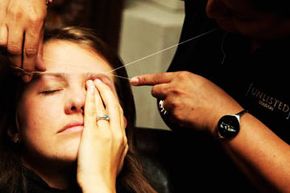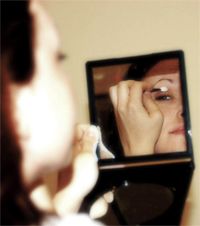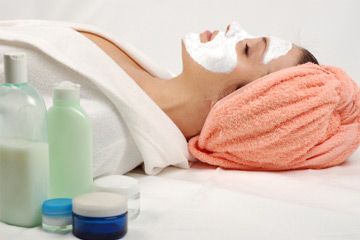Western society often looks to the East for their health and beauty secrets -- massages, yoga and aromatherapy are just a few practices that have successfully crossed hemispheres [source: WebMD]. One of the latest imports to the West is threading, a hair removal method that is catching the attention of many people, including celebrities.
By most accounts, threading originated in the Middle East and South Asia. The technique involves using a thin piece of cotton thread and swiping it quickly against the skin to remove hair at the root without taking any skin along. Trained threading practitioners can perform the procedure at an extremely rapid rate, and for many people, threading is less painful than waxing or plucking [source: WebMD].
Advertisement
Eyebrow threading is most common, but threading can tackle hair on other areas of the face as well. The procedure can only be done on flat surfaces of skin, which is why threading has not replaced waxing as the choice method of hair removal on the bikini line. Like waxing and shaving, however, threading does have the potential to cause infection, so you have to make sure you find a skilled practitioner who uses clean materials.
The practice of threading has been popular in Indian and Pakistani neighborhoods of the United States for years, but these days it is becoming a lot more mainstream [source: Kazakina]. You can usually find credible threading boutiques in most major cities.
Read on to learn more about the history of threading, as well as its advantages and disadvantages.
Advertisement


